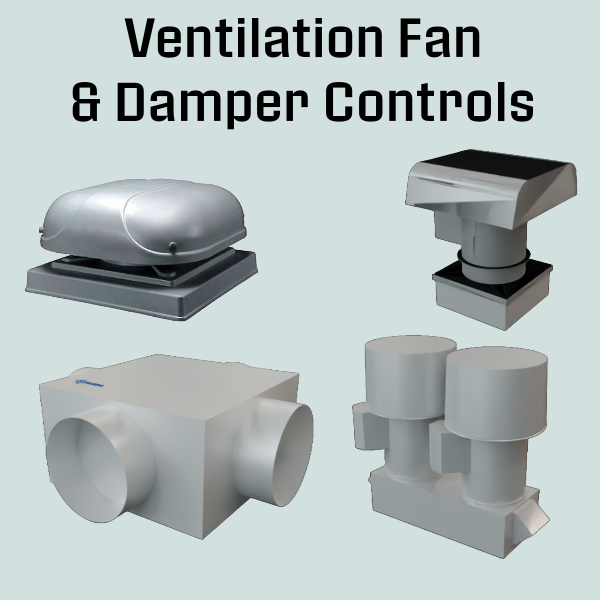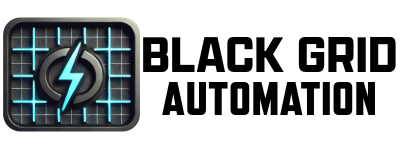
The Essential Guide to Ventilation Fans and Damper Controls
Share
The Essential Guide to Ventilation Fans and Damper Controls
In today’s building systems, effective ventilation is key to ensuring air quality, comfort, and energy efficiency. Whether you’re managing a commercial facility, an industrial space, or even a residential building, understanding the role of ventilation fans and damper controls is crucial to optimizing your HVAC (Heating, Ventilation, and Air Conditioning) system.
Why Ventilation Matters
Ventilation fans play a pivotal role in circulating fresh air throughout a building. They help remove stale air, control humidity, and reduce the buildup of harmful contaminants like carbon dioxide, volatile organic compounds (VOCs), and other pollutants. Without proper ventilation, indoor air quality suffers, leading to health issues and decreased productivity.
The Role of Ventilation Fans
Ventilation fans come in various types, including:
-
Exhaust Fans: Remove air from a space, typically used in restrooms, kitchens, and industrial settings.
-
Supply Fans: Introduce fresh, filtered air into the building.
-
Inline Fans: Installed within ductwork to boost airflow in larger systems.
Each fan type is selected based on the specific requirements of the space, ensuring efficient airflow, noise control, and energy consumption.
Damper Controls: The Unsung Heroes
While fans drive the movement of air, dampers control and regulate the flow of that air within the system. Dampers can be manual or automatic, and they play a key role in:
-
Zoning: Directing airflow to specific areas for targeted heating or cooling.
-
Energy Efficiency: Preventing air from entering or escaping when not needed.
-
Safety: Acting as fire or smoke dampers to limit the spread of hazards in emergencies.
Modern damper controls often integrate with building management systems (BMS) or direct digital controls (DDC), allowing for automated operation based on occupancy, temperature, or time of day.
Integrating Fans and Dampers
For maximum efficiency, fans and dampers must work together seamlessly. An integrated system ensures that fans operate only when needed, while dampers open or close to direct airflow where it’s required. This synergy reduces energy waste, prolongs equipment life, and enhances occupant comfort.
Best Practices for Implementation
-
Proper Sizing: Select fans and dampers that match your system’s airflow requirements.
-
Regular Maintenance: Keep fans and dampers clean and inspect them periodically for wear.
-
Automation: Integrate with smart controls to adjust airflow dynamically, improving both comfort and energy efficiency.
-
Compliance: Ensure your system meets local building codes and safety regulations.
